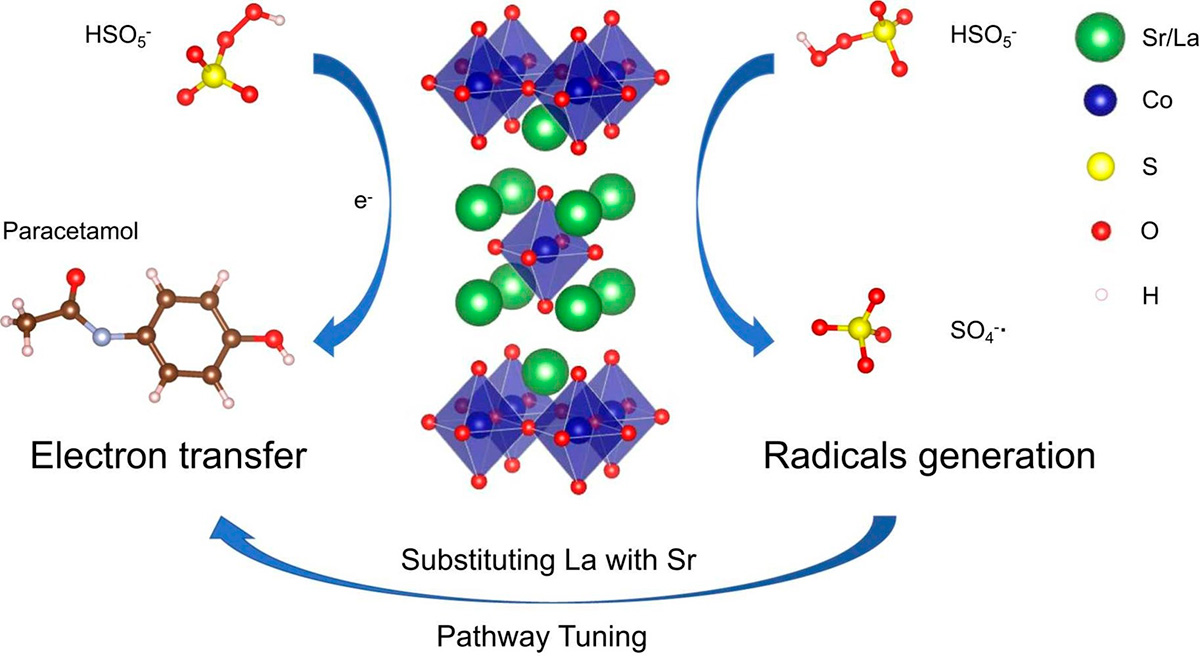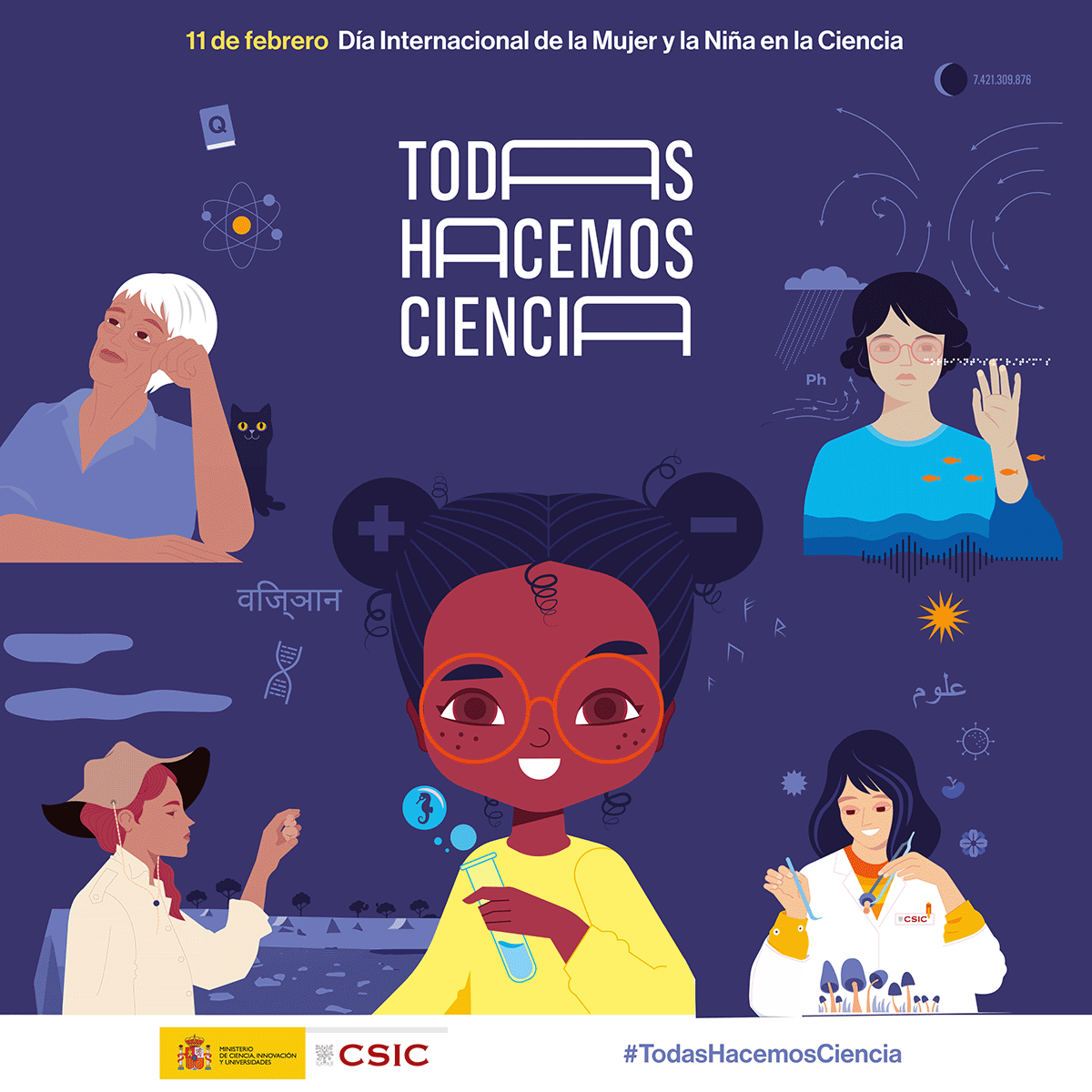Composition-dependent PMS activation in SrxLa2-xCoO4±δ perovskite-derivatives: From radical to strengthen the electron-transfer pathway
-
SrxLa2-xCoO4±δ was shown to be an efficient PMS activator, which greatly outperforms the reference material LaCoO3.
-
By modifying the Sr content, it is possible to tune the spin state of cobalt, which in turn affects the PMS activation pathway.
-
Sr0.8La1.2CoO4 and Sr0.8La1.2CoO4 catalyzed the activation of PMS through the synergistic effect of radical generation and electron transfer.
-
Sulfate radical and electron transfer pathways were shown to dominate PMS activation with SrxLa2-xCoO4±δ as catalysts.
Madrid / June 19, 2024
Latest news
Ruddlesden-Popper phases (R-P) with the chemical formula SrxLa2-xCoO4±δ (x=0.6, 0.8, 1.0, 1.2, and 1.5), consisting of alternating layers of perovskite and rock-salt type oxides, were found to be efficient catalysts for peroxymonosulfate (PMS) activation. By modifying the strontium content, it is possible to tune the spin state of cobalt in the material, which in turn affects the PMS activation mechanism. When the rock-salt layer is intercalated in the R-P perovskite structure, as in Sr0.8La1.2CoO4, a non-radical pathway is involved, which exhibits superior performance in PMS activation, as indicated by the higher reaction rate constant (0.70 min−1) compared to LaCoO3 (0.13 min−1) with SO4•– generation as the primary mechanism.
This research provides a deeper understanding of how the electronic structure of cobalt in perovskite oxides influences the PMS activation mechanism. Such insights are crucial for the rational design of effective PMS activators for water treatment.

Related news
The Institute of Optics joins the celebration of 11F
Full and equal access and participation of women and girls in science and technology Madrid / January 31, 2025In recent decades, the international...
Optoplasmonic tuneable response by femtosecond laser irradiation of glass with deep-implanted gold nanoparticles
Ion implantation of Au2+ at MeV energies has enabled the creation of nanoparticles embedded at greater depth, resulting in a Fabry-Perot cavity...
On November 20th, David Grojo from CNRS will give a lecture entitled “New Dimensions Open to Ultrafast Laser Material Modifications”
Madrid / November 13, 2024On Wednesday, November 20th at 11:30 a.m. we will have a seminar organized by the Laser Processing Group in the conference...




